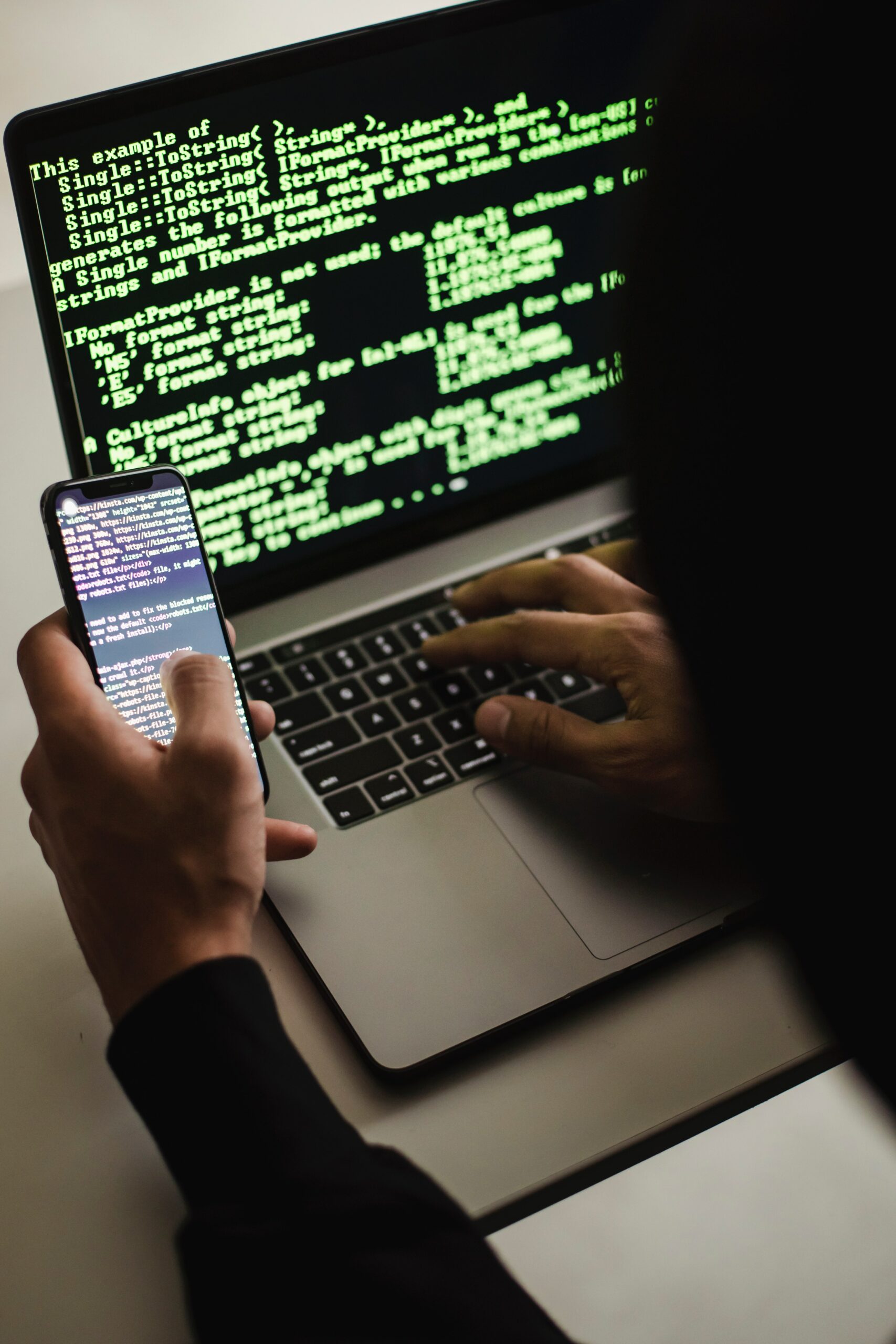
Malware is a general term for viruses, spyware, ransomware and other malicious programs used to disrupt computers.
Malware or Evilware are terms given to any software that causes computer havoc without the owner’s knowledge. Malicious software can break down files on your computer, making it impossible to open them. It can embed itself deep inside your system’s registry, making your computer unstable and even unusable; it can send out spam emails from your account or use your computer to attack other computers.
Before you install browser protection software, check to see if you have any of the following five symptoms – if you recognize some of these signs, there’s a good chance your computer is infected with the malware.
Your computer is slow and unresponsive:
If your computer is running slower than usual or programs are taking longer to load, it could signify that your system is infected. Malware can use up your computer’s processing power and memory, making everything run slowly.
You’re seeing pop-ups and unwanted ads:
Pop-up ads are one of the most common signs that you have malware on your computer. If you’re bombarded with pop-ups, your system has likely been infected even when you’re not browsing the web.
You’re being redirected to strange websites:
If you find that you’re suddenly being redirected to websites you don’t recognize, your computer may have been infected with malware. This type of malware is known as browser hijacking software, and it can be difficult to remove.
You see strange error messages:
If you see strange error messages or warnings popping up on your screen, it could signify that your system is infected with malware. These messages are usually designed to trick you into clicking on a link or downloading a malicious file.
Your computer isn’t starting up properly:
If your computer won’t start up properly, or if it seems like it’s stuck in a loop, it could signify that your system has been infected with malware. Malware can sometimes prevent your computer from booting up correctly, making it impossible to use.
If you suspect that your computer has been infected with malware, it’s vital to take action immediately. The longer you wait, the more damage the malware can do to your system.
What to Do When You’ve Been Infected with Malware
If you think your computer may be infected with malware, you can take a few steps to remove the malicious software and get your system back to normal.
Disconnect from the internet:
If you’re connected to the internet, disconnect immediately. This will prevent the malware from spreading or downloading more files to your system.
Restart in Safe Mode:
Restart your computer in Safe Mode with Networking to help avoid any further damage from the malware. In Safe Mode, only essential programs and services are loaded, making it easier to remove the malicious software.
Run a virus scan:
Use your antivirus software to scan your system for malware and remove any infected files.
Delete temporary files:
Temporary files can sometimes contain malicious code, so it’s good to delete them. Open the Start menu and type “%temp%” in the search bar to open the temp folder on your computer. Delete all files in this folder.
Restore your system:
If you’ve tried all of the other steps and your system is still not working correctly, you may need to restore it to an earlier point. This will delete any programs or files that have been added since that point, but it will also remove any malware that may be on your system.
Factory reset:
If you can’t seem to get rid of the malware, you may need to factory reset your computer. This will delete all the files on your system, so be sure to back up any critical data.
Seek professional help:
If you’re still having trouble removing the malware, you may need to seek professional help. A computer technician will be able to help you remove the malicious software and get your system back to normal.
If you see any of the signs above, it’s possible that your computer is infected with malware, and you should take action to remove it as soon as possible. Taking these steps will help protect your system from further damage and keep your data safe.










